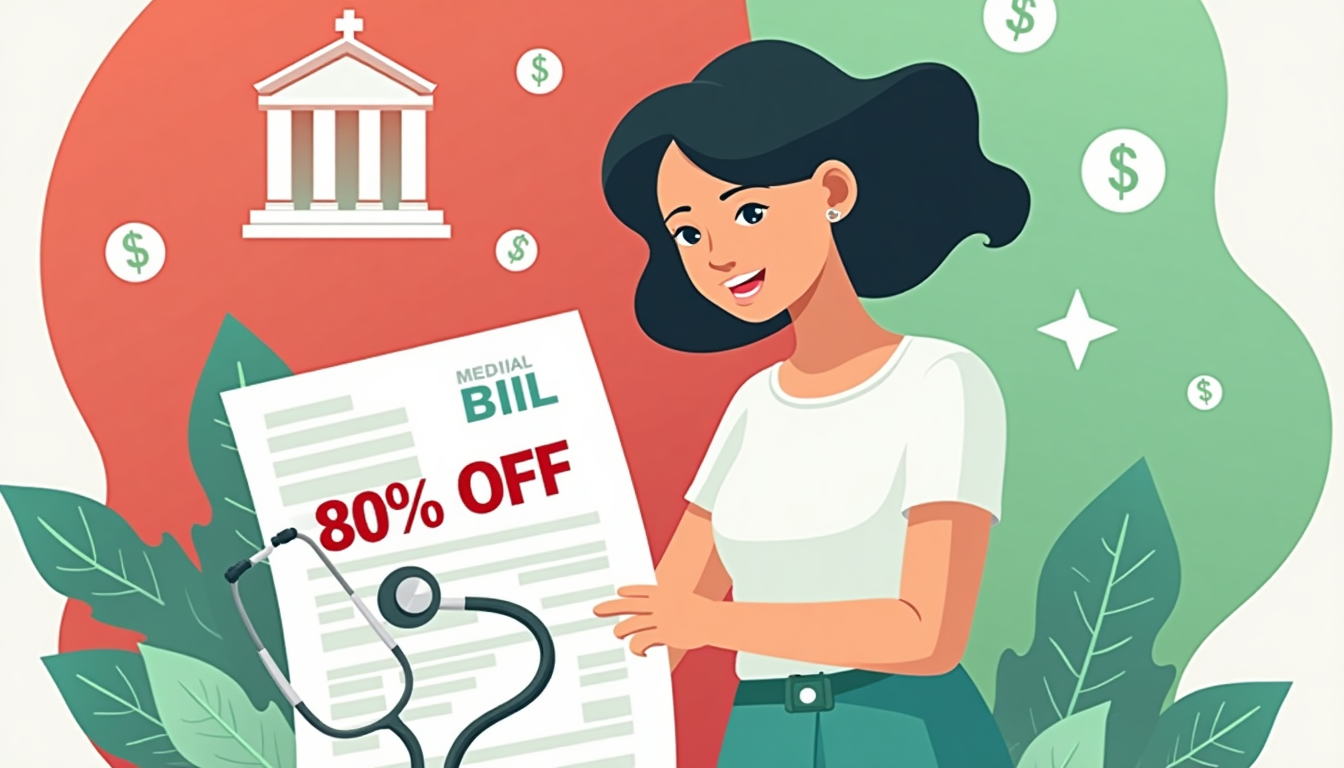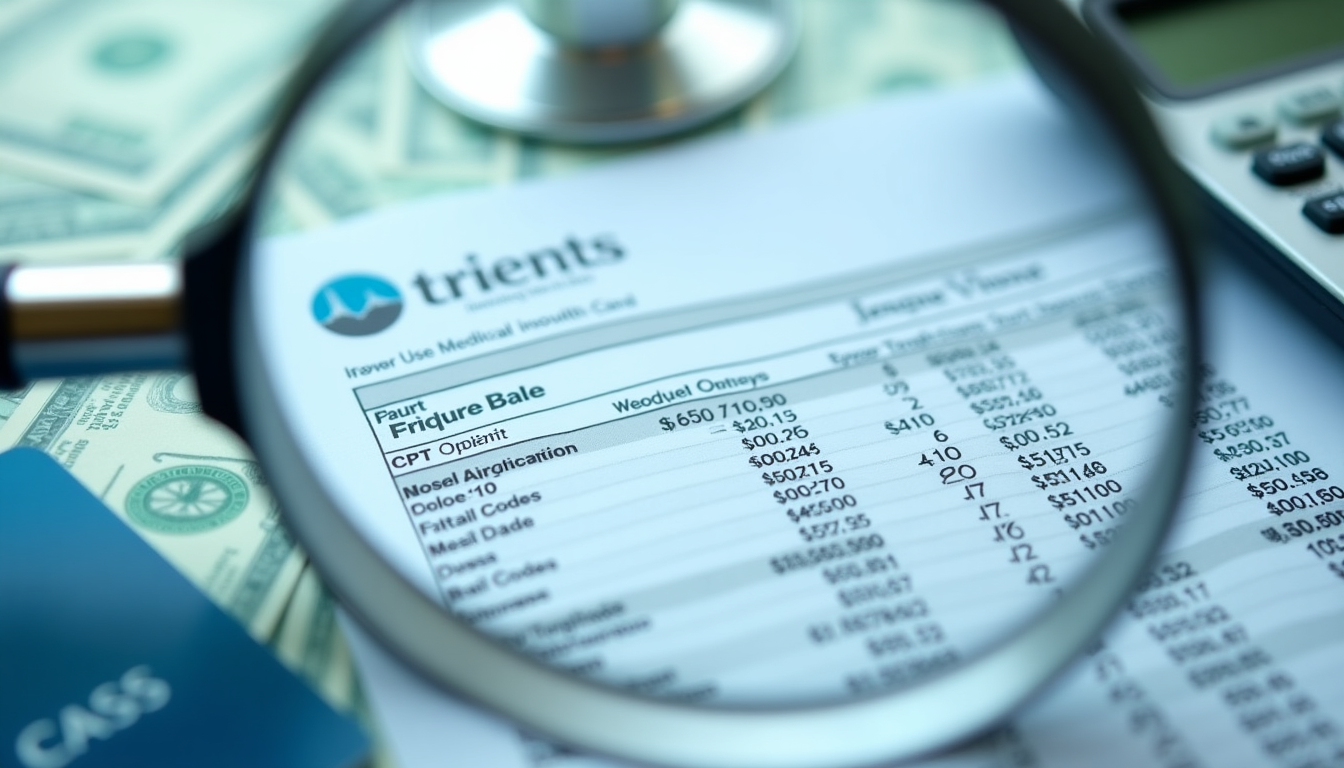Affordable Healthcare Without Insurance: A Step-by-Step Guide to Accessing Care
By Jasmine Washington, Patient Advocate & Healthcare Navigator
Introduction: You’re Not Alone
Here’s a sobering fact: 26.2 million Americans lack health insurance [1]. Whether you’re a gig worker, a young adult aging off a parent’s plan, or someone recovering from a job loss, know this:
- This situation isn’t your fault
- You can access care without financial ruin
With over a decade of experience helping patients navigate healthcare systems, I’ll share actionable strategies to get the care you need—with or without insurance.
Step 1: Check Your Eligibility for Medicaid and Other Public Programs
Medicaid & CHIP: Essential Coverage Options
Medicaid isn’t limited to children or seniors. In 2024, 10.3 million uninsured adults qualify but live in non-expansion states like Texas or Florida [2]. Take these steps:
- Use the Official Screening Tool: Healthcare.gov’s 5-minute eligibility checker accounts for recent income changes [3]
- Explore Emergency Coverage: Most states cover emergency surgeries and childbirth through Emergency Medicaid
Success Story: Maria, a Georgia freelancer, saved $12,000 on delivery costs through Medicaid after having a baby.
Step 2: Locate Sliding-Scale and Community Clinics
Low-Cost Care in Your Neighborhood
Federally Qualified Health Centers (FQHCs) provide care at 0–$60 per visit based on income [4]. Use the HRSA Clinic Finder to:
- Access primary care, dental, and mental health services
- Get free screenings for diabetes, hypertension, and cancer at clinics like Planned Parenthood
Pro Tip: Always ask about cash discounts—many clinics offer 40–60% reductions for upfront payments.
Step 3: Master Medical Bill Negotiation
What Hospitals Don’t Always Tell You
- Request Cash Prices: Federal law requires hospitals to disclose self-pay rates under the No Surprises Act [5]
- Propose Payment Plans: 68% of hospitals offer interest-free options [6]
- Apply for Charity Care: Nonprofit hospitals must provide financial assistance programs
Case Study: Jamal reduced his $5,000 ER bill to $1,200 by asking, “What’s your lowest self-pay rate?”
Step 4: Use Affordable Telehealth and University Clinics
Budget-Friendly Care Options
- Telehealth Services: Platforms like GoodRx Care offer $40–$80 virtual visits for prescriptions and mental health [7]
- College Health Centers: 72% of university clinics serve community members at ≤$25 per visit [8]
Resource Alert: Tools like Medicare.gov’s cost comparison portal help identify low-cost providers.
Step 5: Access Medication Assistance Programs
Affordable Prescriptions Exist
- Patient Access Network (PAN): Covers treatments for chronic conditions like cancer
- Rx Savings Programs: Pharmaceutical companies offer insulin for $35/month through programs like Novo Nordisk’s Patient Assistance
Critical Stat: 45% of uninsured diabetics ration medications vs. 12% with coverage [9]. These programs save lives.
Step 6: Challenge Medical Debt Effectively
When Bills Feel Overwhelming
- Audit Itemized Bills: 80% contain errors like duplicate charges [10]
- Compare to Medicare Rates: Use $150 for an X-ray vs. $600 billed as negotiation leverage
- Seek Free Legal Help: Organizations like Triage Cancer provide billing advocacy
Key Insight: Hospitals wrote off $42.7 billion in unpaid care in 2023—you have negotiation power [11].
Conclusion: Take Control of Your Healthcare Journey
While systemic changes are needed, these proven strategies can help you access care today:
- Act Early: 58% of uninsured adults face catastrophic bills vs. 22% with coverage [12]
- Combine Resources: Pair clinic care with medication assistance programs
For personalized help, visit Healthcare.gov’s insurance toolkit or contact your local health department. Your health deserves protection—no insurance required.
References
[1] Kaiser Family Foundation. (2023). Key Facts About the Uninsured Population. kff.org/uninsured
[2] Medicaid.gov. (2024). Medicaid Expansion & Eligibility. medicaid.gov/medicaid/eligibility
[3] HealthCare.gov. (2023). Check Coverage Options. healthcare.gov/screener
[4] HRSA. (2024). Health Center Program. hrsa.gov/health-centers
[5] CMS.gov. (2023). No Surprises Act. cms.gov/nosurprises
[6] JAMA Network. (2023). Hospital Billing Practices. jamanetwork.com
[7] GoodRx. (2024). Telehealth Pricing. goodrx.com
[8] AHRQ. (2023). Community Health Access. ahrq.gov/community
[9] CDC. (2023). Diabetes Care Statistics. cdc.gov/diabetes
[10] FTC. (2024). Medical Billing Rights. ftc.gov/medicalbilling
[11] CMS.gov. (2024). Uncompensated Care Data. cms.gov/hospital-unpaid
[12] KFF. (2023). Medical Debt Survey. kff.org/medical-debt




